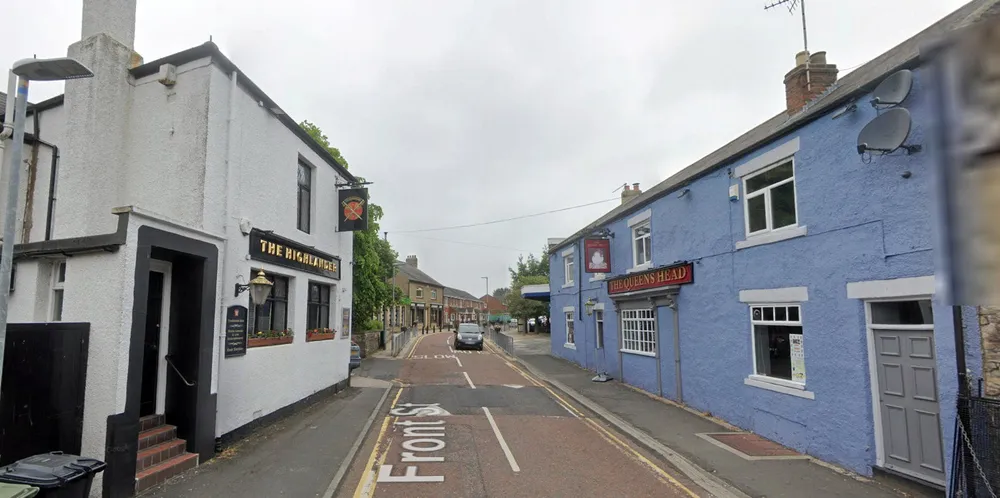Green light given for UK's first hydrogen blend in public natural-gas network
Village in northwest England to receive a 20% H2 blend for ten months in what the local gas distributor describes as a 'ground-breaking green energy trial'

Village in northwest England to receive a 20% H2 blend for ten months in what the local gas distributor describes as a 'ground-breaking green energy trial'
